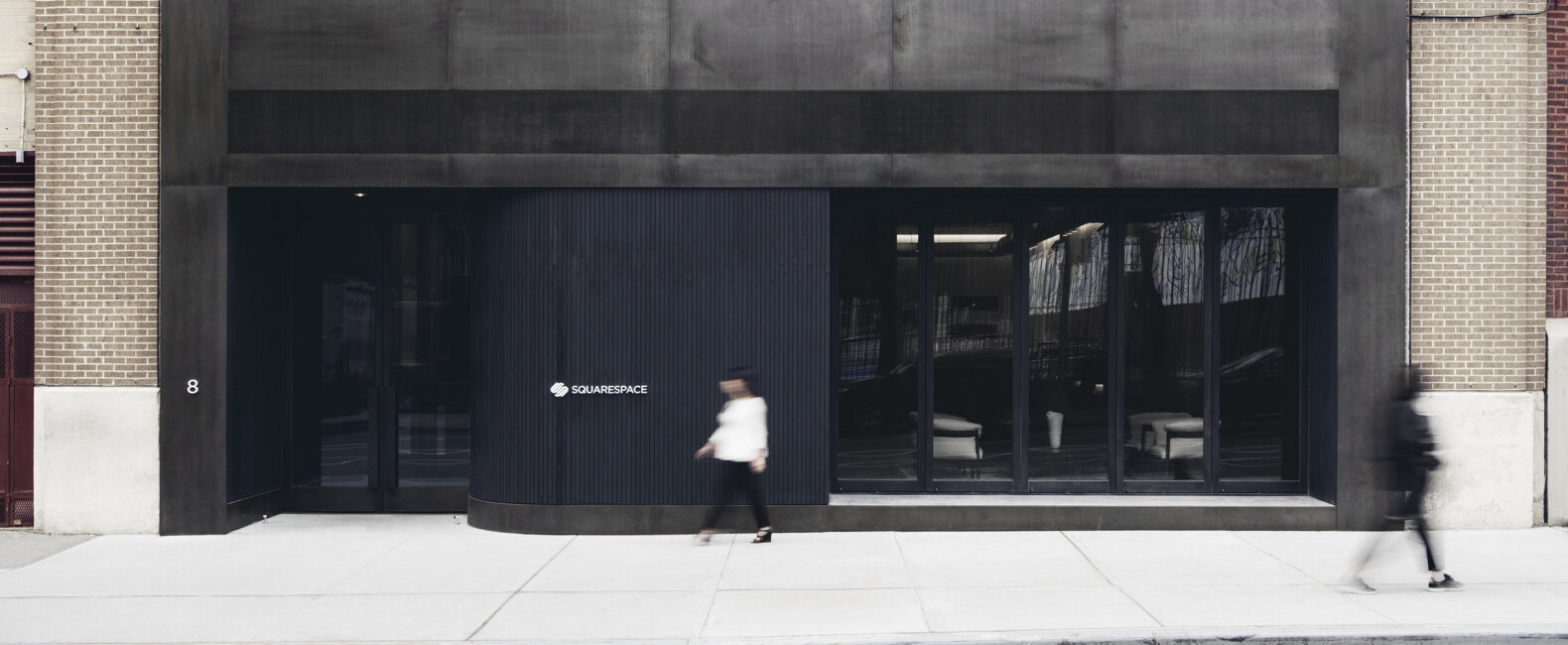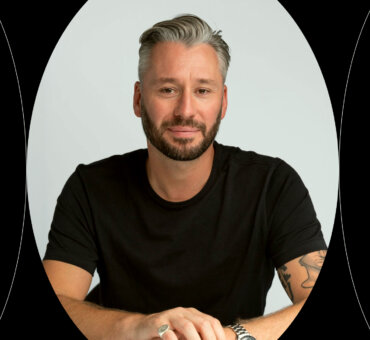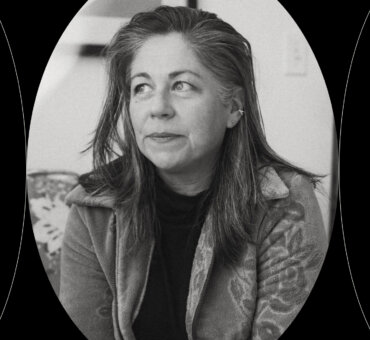There’s a myth that being a business person and a creative person are mutually exclusive, that they exist in different universes with parallel paths. According to Squarespace’s VP of Creative Ben Hughes, it’s the intersection between these paths where the real magic happens:
“That traditional typecasting, where the agency is always trying to get away with something and the client is always having to pull them back, doesn’t point towards a very hopeful future. There’s a growing understanding that agencies need to be better business partners, and brands need to value creativity more,” he told us.
As advertising continues to shift, with more creative output across countless channels, creativity can’t afford to sit at the “kids’ table” anymore, as Ben puts it. But, that also means that creatives can’t put their head in the sand and ignore the fact that their ideas need to have a purpose and result. This intersection is what Ben is cultivating at Squarespace. His prior experiences include leading roles at Wieden+Kennedy, Stink Studios, and Mother, and he’s using those experiences to bring the best of both worlds together on his in-house team.
In our conversation, we talked about the value and challenges of an in-house creative team, and why it’s more important than ever for creatives to take their seat at the table.
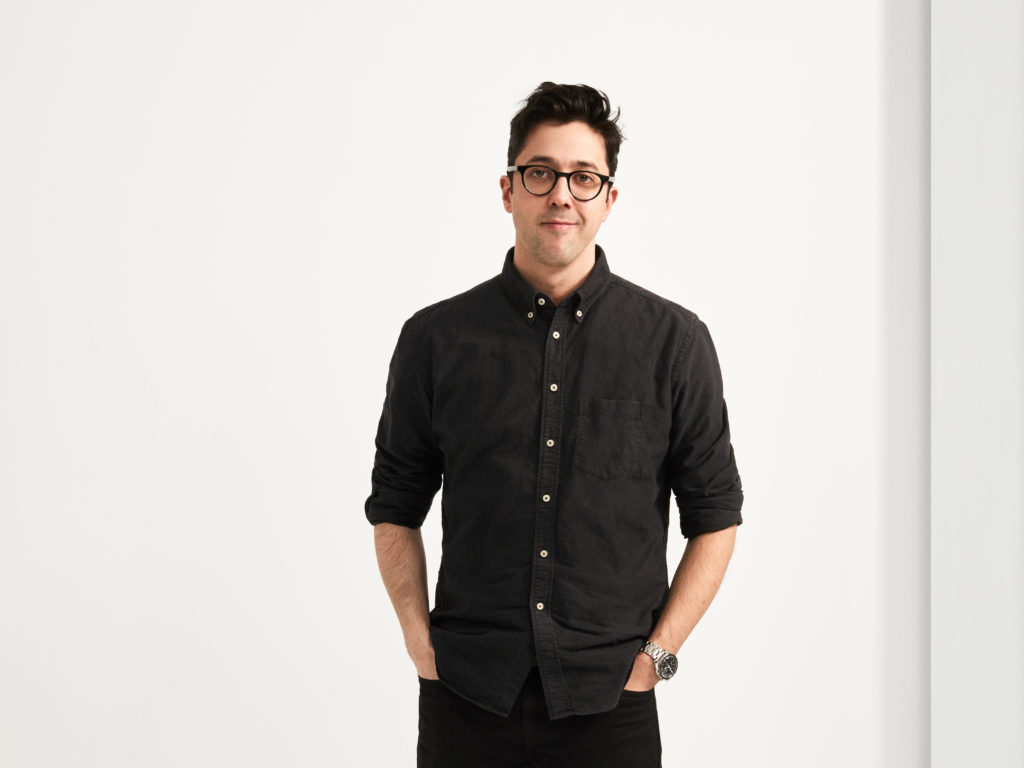
Musicbed: Has Squarespace’s creative team always been in-house?
No, not always. Although Squarespace was very early to the trend. My boss, our Chief Creative Officer David Lee, started eight or nine years ago and came from a top advertising agency. At that time, people really weren’t leaving great agencies to go in-house, but he saw the opportunity and what Anthony Casalena, our founder and CEO, wanted the brand to be in terms of a benchmark for design and creativity.
The two of them have always had an understanding that creativity is core to our brand and wanted to develop that function internally instead of outsourcing it. I had a huge head start when I joined because of all of the work David had done to create space for the team to operate.
What are some of your favorite projects you’ve worked on?
One of my absolute favorites is the Oscar the Grouch work we did at the end of 2019. We pitched an idea to Sesame Street that was about the worst thing that could possibly happen to Oscar: being adored. In the film, a young woman mistakes his trash piles for sculptures and builds him a website to show them off. Through that, Oscar becomes an art world sensation — and increasingly miserable. It’s a funny twist on a customer success story because success is this particular customer’s worst nightmare.
A more recent example is “Browser History,” our year-end wrap-up experience, where we celebrated six of our customers who launched new ideas into the world despite everything 2020 threw at them. We partnered with the artist Ignasi Monreal to paint them as heroic figures from Renaissance art and then packaged it all in a beautiful website, with the strapline “Celebrating the best of the worst year.”
One of the exciting things about working at Squarespace is that the brand is in close conversation with culture and current events. It’s a lot of fun to have the range to partner with Sesame Street, but also a fine artist who does work for Gucci. There’s so much creativity already baked into the brand that it gives us a tremendous palette to work with.
How noticeable were the differences coming from agencies to the in-house world?
I get asked that question a lot, especially as more people are considering in-house opportunities. I think the real question they’re asking is: Will I be giving up the creative safe space of an agency? It depends on the brand, but for ex-agency people at Squarespace, the similarities outweigh the differences. Creativity is incredibly important to us and it permeates every aspect of the organization.
But those differences are also important. To be successful in-house, you have to have a passion for understanding the products, business and strategy. You need to understand what the company’s goals are and make that visible to people through the work you’re doing.
At agencies, I often felt that creatives were relegated to the kids’ table — “Don’t worry about the business, sweetie! Just keep pumping out those big ideas!” — but understanding how companies make money can only make the work sharper and better. I’ve always pushed against the idea that creatives need to be somehow protected from that knowledge. Going in-house is a chance to become a more valuable collaborator in the business, but that can be a big shift for people to grapple with — the idea that you can be a creative person and a business person at the same time.
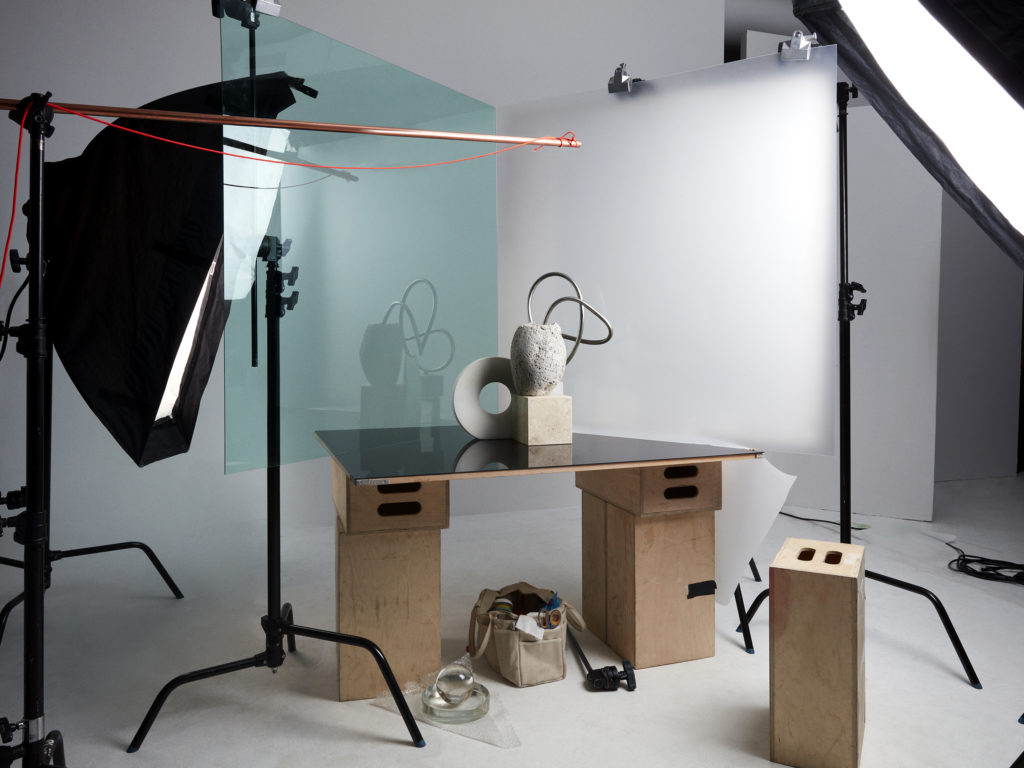
Do you think the industry is seeing a shift in that perspective?
I think so and I hope so. That traditional typecasting, where the agency is always trying to get away with something and the client’s always having to pull them back, doesn’t point towards a very hopeful future, right? There’s a growing understanding that agencies need to be better business partners, and brands need to value creativity more.
Certainly, that’s one of the reasons for the growth of in-house teams, but also for more creative representation in the C-suite. Chief Creative Officers, Chief Design Officers, Chief Experience Officers — these are functions that previously would have been outsourced to an agency. In such a crowded media environment, a consistent expression of your brand, from the logo to the call center experience, is incredibly valuable.
Does that influence the people you hire for your team? Is there a different set of values?
Many of the individuals on our team come from agency backgrounds, and we’re certainly looking for the same kind of talent that you see at the best agencies, but there are also some additional considerations. To work at Squarespace, you need to be interested in both the conceptual and craft sides of the work, as well as our business.
We also screen for people who are going to enjoy the challenge of working on one brand. That can be a huge mental shift, going from working on a new brand every three months to looking after Squarespace in all of its varied expressions in the world. I want to make sure people are comfortable with a long-term approach and that they’re going to be as engaged in three years as they are in the first three months.
When you’re in-house, you’re closer to the company’s goals and the bottom line, but also to the impact you’re making. We get to see all of the customers who are using these tools to put their own ideas, projects and businesses out into the world. That’s not just personally gratifying, it’s also something that feeds the work and feeds your creativity.
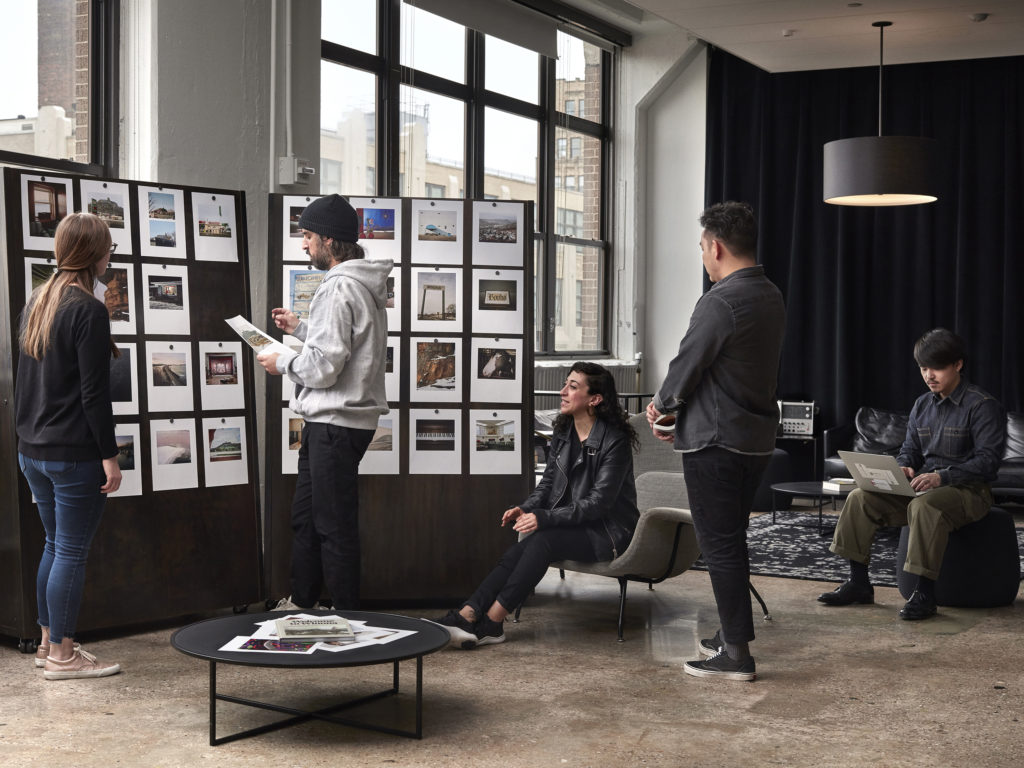
Do you believe having an in-house team allows for more creative work?
The in-house model has been a great fit for us at Squarespace, but it’s not right for every brand. Regardless, whether you build it yourself or partner with an agency, the thing that’s essential for any company is to cultivate a culture of creativity. For a long time, brand was just the wrapper around a product, but now those two things are so linked and equally important in their own ways.
The thing that’s scary about creativity is that it involves risk and lateral thinking. It’s something that’s not always easy to measure and justify. But when you look at brands that are successful right now, it’s due in large part to the fact that they value creativity and have built it into their process.
Look at Burger King. Their new rebrand is fantastic and really smart for mobile, which is where their customers are. Ten years ago, you wouldn’t have thought of them as a company that would care deeply about design, but they understand it’s a key way for them to win. The sooner we get away from this idea that creative concerns and business concerns are two different things, the better off we’re all going to be.
Read our interview with the creative team from Wieden+Kennedy about their work relaunching the Ford Bronco.















































































